Meet Calvin Manika, an environmental journalist from Zimbabwe
Please tell us your name and the country where you come from.
My name is Calvin Manika, and I am from Zimbabwe.
What motivated you to become a journalist?
I started my career as a poet and writer, but as I got older, I realised there was a journalism niche that I could explore. Additionally, my love of news, especially DW News and Al Jazeera, fueled my desire to become a journalist. I’ve always wished I could write and report for such publications.
What made you decide to specialise in environmental reporting?
I grew up in Kwekwe, a gold mining town in Zimbabwe; there was a lot of environmental degradation due to artisanal mining. Later, I moved to Harare- the capital city, where I saw the invasion of wetlands and increased land, water and air pollution due to human activities. It worsened when I moved to Hwange, a town known for its coal mining. I realised that I have a responsibility to report environmental problems. My passion for protecting wildlife in the nearby national parks served as additional motivation.
What role can the media play in reducing wildlife crime, biodiversity loss, and mitigating climate change?
The media play an important role in exposing wildlife crimes, following up on activities around wildlife territories and bringing the players accountable for the destruction. For years, the media questioned unclear wildlife policies and unfavourable environmental practices. By discussing biodiversity loss, you may educate people and raise awareness. As a result, the media serve as a platform for education for various stakeholders. The media has covered climate change concerns extensively over the past ten years, helping the public comprehend what is happening in outlying areas, including some outlying areas. Through solution-based journalism, people are adapting to and reducing the effects of climate change.
What is the most interesting part of being an environmental reporter?
Understanding nature is fascinating. It helps one comprehend how people, plants, animals, and trees behave. This has helped me understand the value of biodiversity and the need to safeguard the environment and wildlife. Travelling and meeting people from other tribes and origins who use various methods in their desire to coexist with nature is another fascinating aspect.
What’s the most pressing environmental problem in your region?
Loss of biodiversity and environmental degradation through coal mining is threatening the environment in Hwange, while poaching and deforestation are becoming a national crisis if they remain unabated.
What are some of the challenges you encountered as a conservation journalist?
The discipline of conservation journalism requires extensive networking and study before one can begin to work on a story. Working as a conservation journalist in a region where powerful organizations and massive mining firms support offenders is difficult, especially regarding sources. Most sources are antagonistic; in situations like these, networking is powerful.
Government information needs to be updated, and the authorities need to be faster in responding to questions making it challenging for a story with a deadline.
What kind of support have you received from the program?
The initiative has enabled me to connect with marginalized groups while biodiversity loss occurs. Thanks to it, I’ve travelled and interacted with disadvantaged groups. Importantly, the program has provided me with expertise and connected me to reliable sources through on- and off-the-record interactions. My skills as a wildlife and conservation journalist have grown thanks to the programme.
Which is your favourite story that you’ve worked on? Why?
My favourite story is that Zimbabwe’s indigenous San community wants legal rights over ancestral lands. Based on the story, I won the “Best sustainable forest management story” Awarded by Environment Africa and Rainbow Tourism Group in Zimbabwe. I felt a connection to the marginalized indigenous people through the story. They demonstrated to me the potential that indigenous people have to stop biodiversity loss if given land and rights through their fervour for environmental protection and demand for land rights. The most significant experience was getting to know individuals crucial to wildlife conservation but rarely acknowledged or covered.
What advice would you give to an aspiring environmental journalist?
Aspiring environmental journalists must be prepared to work the extra mile, go beyond the usual and find out the real causes of issues affecting communities. Those are the issues people want to hear and are willing to assist with. In other words, we want impactful stories that change people’s perception of wildlife conservation matters.
Are you hopeful for the future? Why?
The future is indeed promising. African Conservation Journalism Programme’s assistance helped us establish useful contacts, including all stakeholders, and inform everyone, including the locals. Poaching and other wildlife crimes will soon decline. Over the past few months, we have unearthed several concerns, particularly the spoken, unseen, and unheard. Through initiatives like the VukaNow African Conservation Journalism Programme, I seek to increase stakeholder cooperation and public knowledge of ways to lessen wildlife crime.

